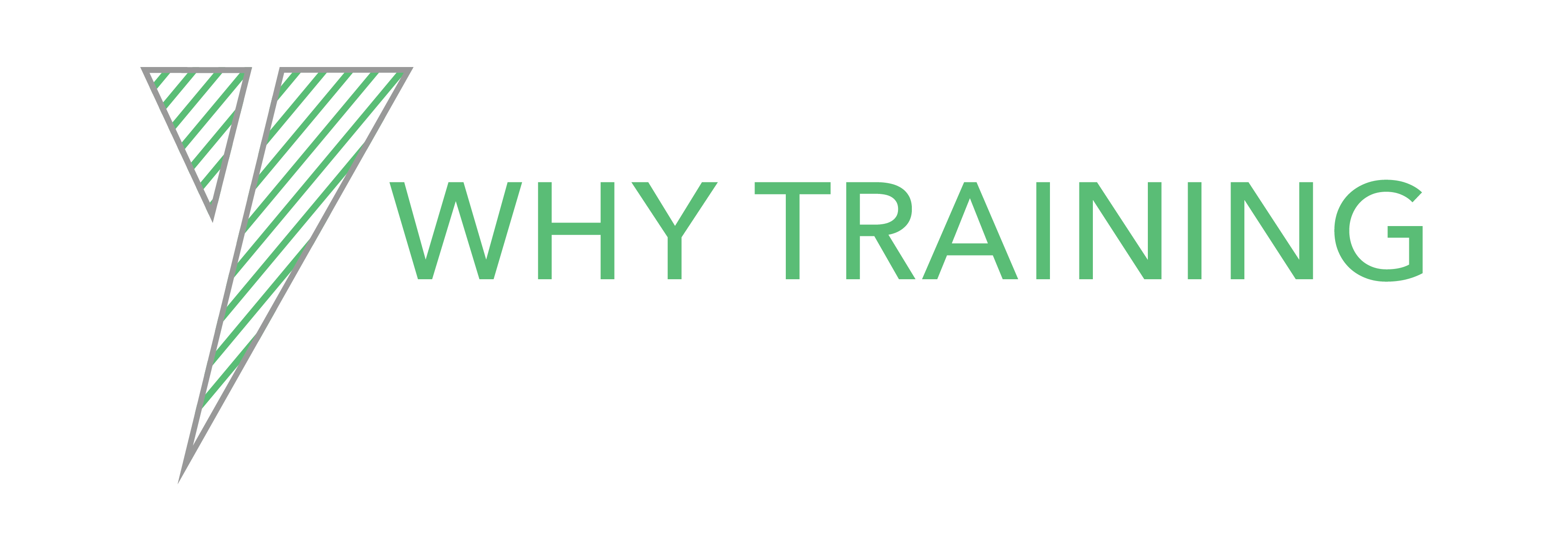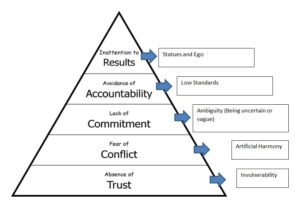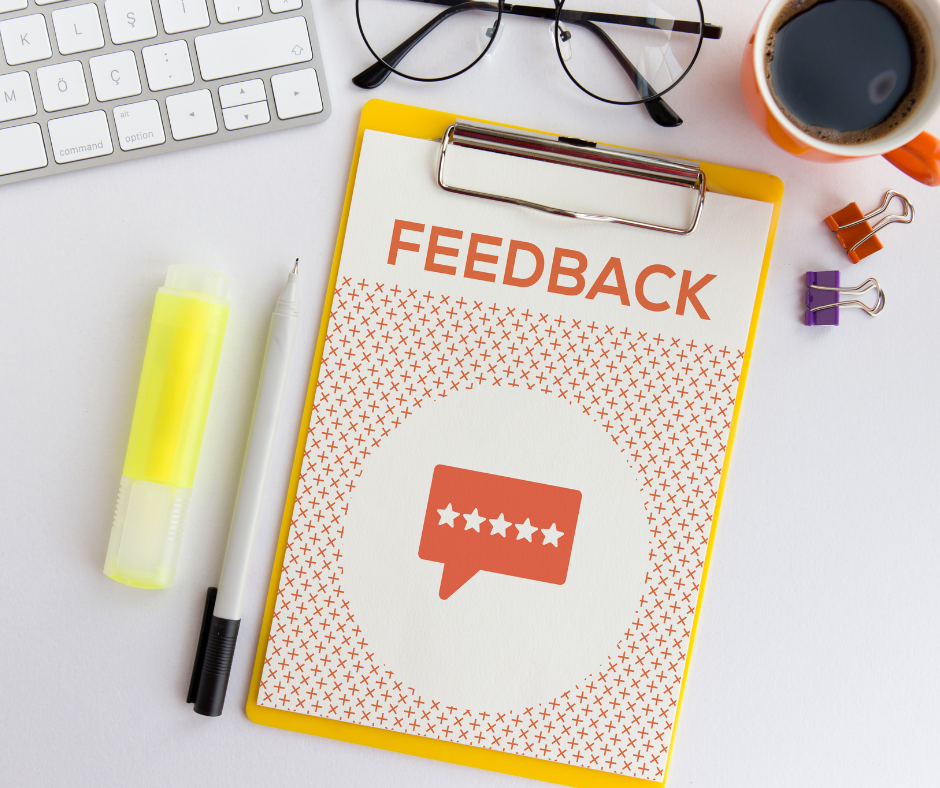The term group dynamics was created by Kurt Lewin in the 1940’s, Lewin identified that people take on distinctive roles and behaviors within groups and the effects of these on other team members and the group overall is what is known as group dynamics. Within organisations, having a deeper understanding of what fuels and motivates teams can lead to successful teamwork and better business results. Conversely, understanding what inhibits teams can affect L&D decision making processes.
A group with positive or negative dynamics can be explained through the Patrick Lencioni 5 dysfunctions of a team model. Lencioni outlines the root causes of politics and dysfunctions on the teams where you work and the solutions to overcoming them. The 5 dysfunctions are as follows:
1 – Lack of trust, the fear of being vulnerable prevents the building of trust
2 – Fear of conflict, the trust in your team to speak candidly without fear of retribution
3 – Lack of commitment, the lack of clarity or buy-in prevents team members from making decisions they will stick to
4 – Avoidance of accountability, to take accountability requires a prior commitment
5 – Inattention to results focus on delivering measurable results
This is based on a sliding scale as per the model below:
Within a negative team dynamic if there is no trust there will be no healthy conflict, without healthy conflict there will be no commitment nor individual or group accountability all of which will lead to inattention to results. Within a positive team dynamic, there would be trust through identifying roles and responsibilities based on strengths, which would lead to healthy conflict when needed as this is required for a productive engagement, this would promote commitment and accountability with continuous reviews and comparisons against targets which would eventually tangible group goals and collective success.




